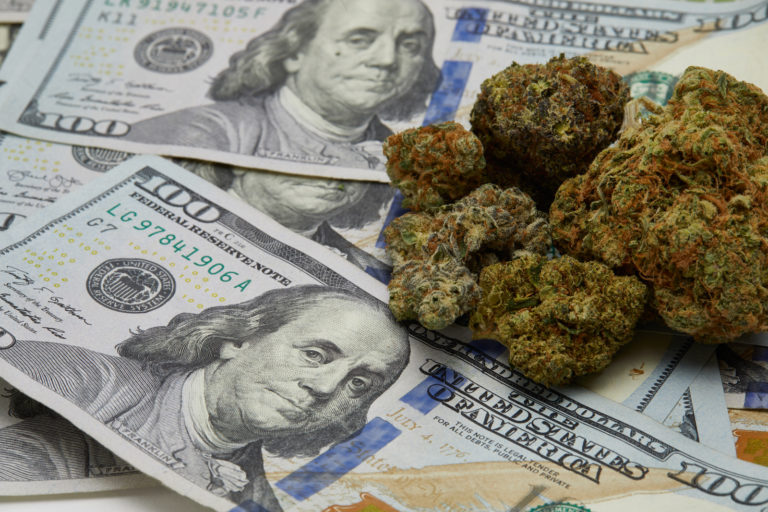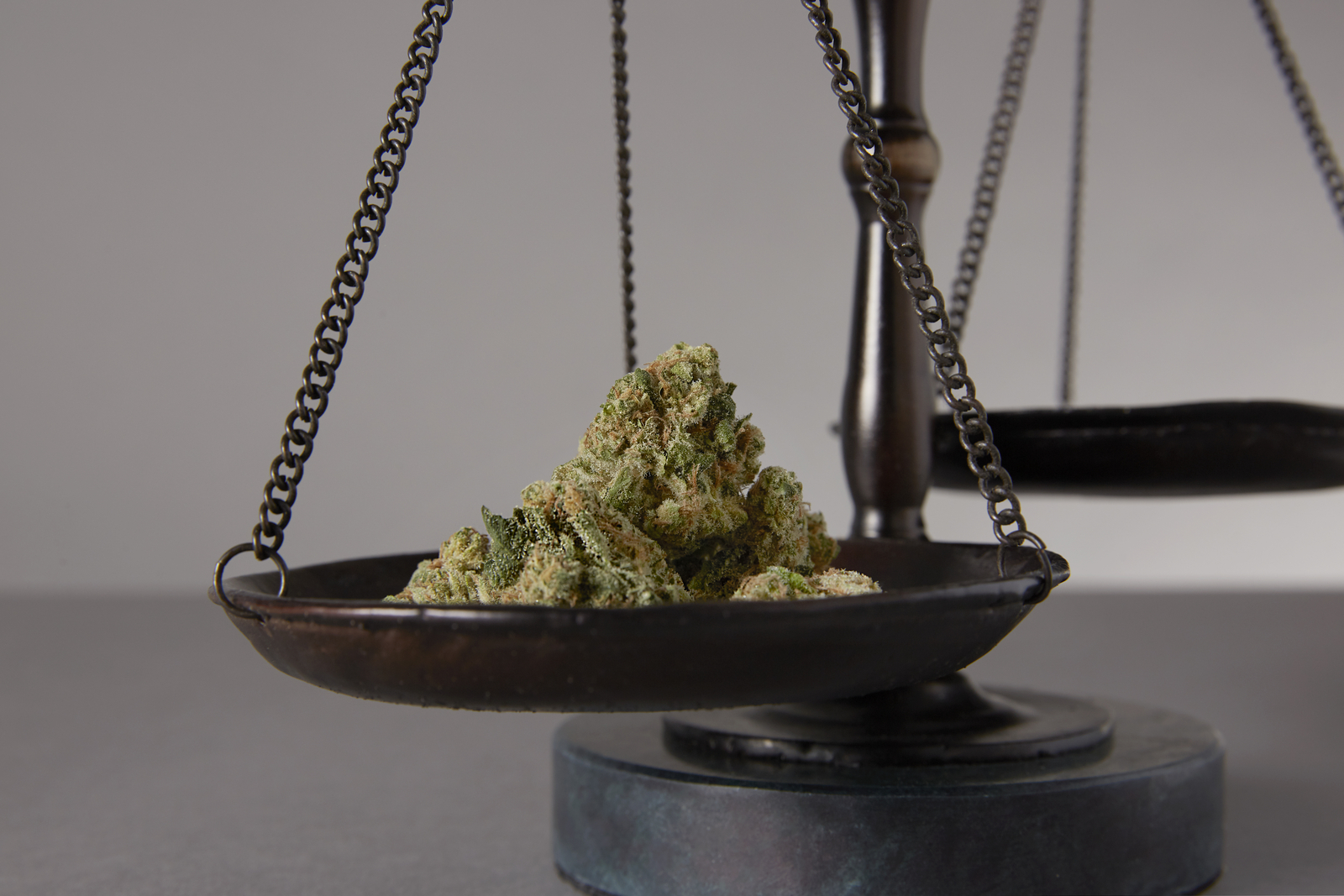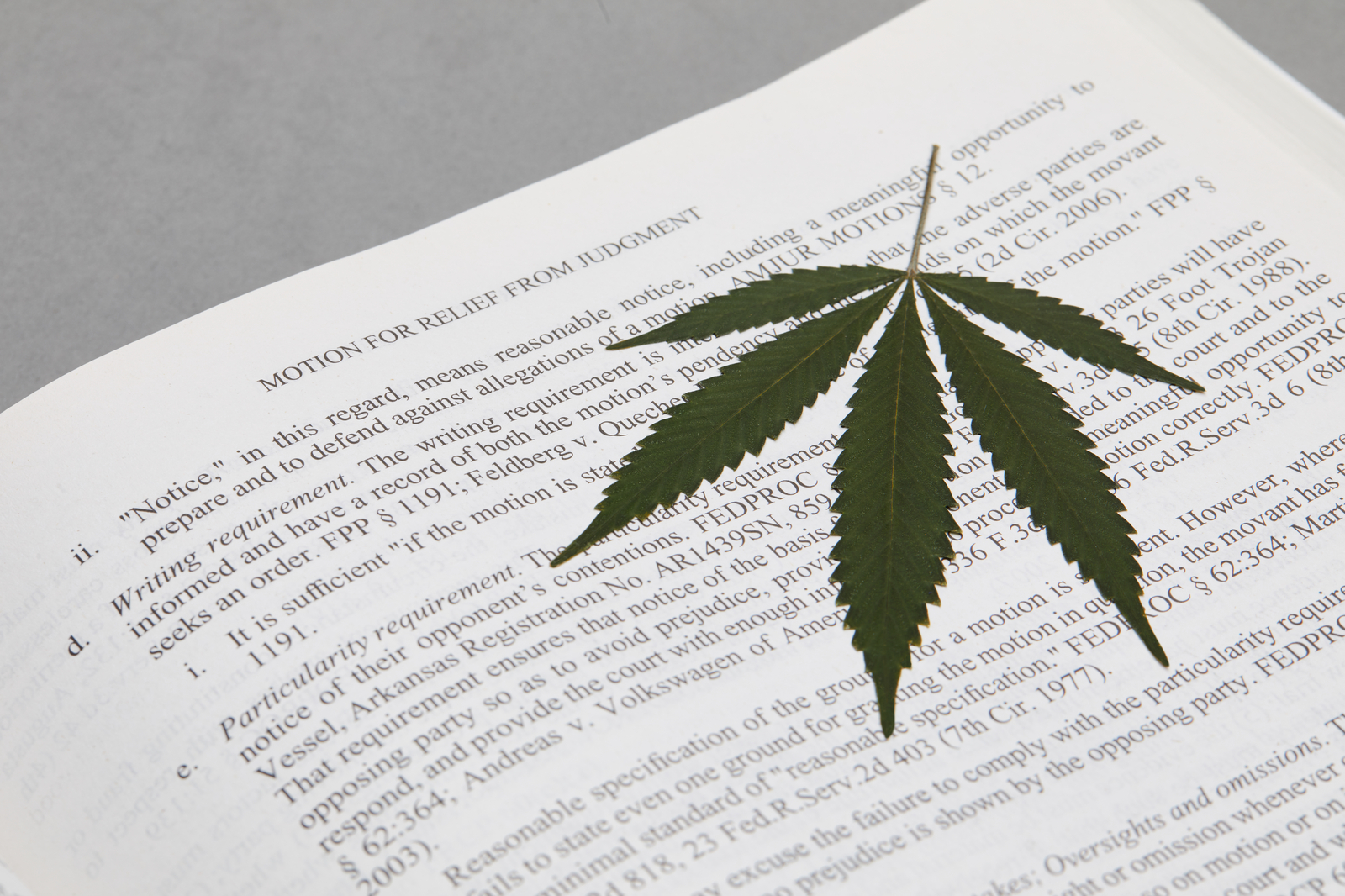It may seem odd to think a tax act could change the course of history. But in 1937, the Marihuana Tax Act did precisely this.
In the late 1930s, a global shift toward the prohibition of cannabis had begun, and the federal government came under increasing pressure to regulate marijuana use. Although the Tax Act did not criminalize the use or possession of cannabis, it did subject users and distributors to hefty taxes, punitive penalties, and stringent regulations.
While the Act was framed as a tax levied on cannabis, it actually represented the foundational legislation for cannabis regulation in the United States. Put simply, it was a critical turning point in the United States' relationship with marijuana.
 Photo by: Gina Coleman/Weedmaps
Photo by: Gina Coleman/WeedmapsImage lightbox

What did the Marihuana Tax Act of 1937 do?
It's vital to note that the Tax Act did not categorically prohibit recreational or therapeutic uses of cannabis. What it did achieve, however, was to levy a tax of approximately $1 on anyone using cannabis in any form — including physicians, dentists, researchers, veterinarians, growers, and consumers. In exchange for the levy, the user would receive a tax stamp valid for a year. The Act also imposed a transfer tax for transferring cannabis from buyers to sellers. Importers, manufacturers, and compounders were to pay $24 per year.
While a dollar doesn't seem like a steep amount, the administrative and penalty provisions of the bill, Regulations No. 1, is where it gets interesting. Regulations No. 1 subjected users to a bewildering array of potential police inspections, sworn statements, and punitive fines for failure to follow the rules or fill out appropriate forms. Evasion of the tax would result in five years' imprisonment, a $2,000 fine, or both. A later iteration of the Act even stipulated a life sentence for the sale of a joint to a minor.
For example, medical use before the Act had been relatively unregulated. Following the Act, physicians faced an intimidating list of requisites for prescribing cannabis. Doctors who wished to purchase the tax stamp so they could prescribe cannabis for their patients were forced to report use to the Federal Bureau of Narcotics. Forms had to be completed that included the name and address of the patient, their ailment, and the dates and amounts of cannabis that had been prescribed. Failure to adhere to the regulations could result in imprisonment and a heavy fine for both patient and doctor.
The American Medical Association's legal counsel, William C. Woodward, MD, one of America's foremost public health experts of his time, advocated for proper regulation rather than an Act that basically amounted to a prohibition. Woodward noted that even the name of the Marihuana Tax Act was misleading to the medical community and the general public:
“There is nothing in the medicinal use of Cannabis that has any relation to Cannabis addiction. I use the word 'Cannabis' in preference to the word 'marihuana,' because Cannabis is the correct term for describing the plant and its products.”
For most doctors, however, the Act represented the end of marijuana use. The stakes were simply too high. It was seen as too risky for doctors and other health professionals, growers, or consumers to continue any involvement with the plant. Scientific research into the medical uses of cannabis disappeared almost overnight.
Through the guise of tax, the Marihuana Tax Act of 1937 essentially struck a death blow to cannabis use in the US and laid the groundwork for cannabis prohibition.
Why was the Marihuana Tax Act passed?
Motivations for passing the Marihuana Tax Act read like fiction, complete with twists and turns.
The push to enact cannabis regulation was insidiously intertwined with racism as marijuana use was viewed as a direct by-product of Mexican immigration. In the mid-1920s, serious crimes were unjustly attributed to marijuana and the Mexicans who brought it across the border.
Marijuana was believed to be a sexual stimulant that removed civilized inhibitions and gave users the feeling of superhuman powers. So-called patriotic organizations such as “Keep America American” viewed crime and Mexican migrants as closely connected and feared interracial mixing. With the rise of the Great Depression, unemployment and poverty became very real for many Americans, offering fertile ground for xenophobia to flourish. Mexican immigrants were perceived as a threat, and their supposed penchant for marijuana became known as the Mexican Menace.
The Marihuana Tax Act was passed in part to appease mounting pressure from alarmed civilian groups and law enforcement agencies. However, historians also point to evidence of other motivations that propelled the Tax Act forward.
By the 1930s, several US states and some countries had moved to ban cannabis. A changing political climate and increasingly critical sentiment towards cannabis led Federal Bureau of Narcotics (FBN) Commissioner Harry Anslinger to adopt an anti-cannabis platform. Anslinger played a pivotal role in the Act's passage, delivering reports and testifying in hearings based solely on his own beliefs about the plant. The FBN insinuated that cannabis represented a social menace that the Act had brought under control.
In the early 20th century, commercial sales of hemp fiber, seeds, and oil were booming in the US. Some scholars have suggested that the Act intended to diminish the hemp industry, which was threatening the monopoly of paper pulp. The concerted lobbying efforts of tycoons like Andrew Mellon and newspaper magnate Randolph Hearst may also have helped along the passage of the Tax Act. Hearst published sensationalized propaganda smearing cannabis and stoking hysteria about its use. In 1928, a Hearst paper reportedly said that in India marijuana was known as the “murder drug,” and that after smoking it men would “run through the streets, hacking and killing everyone he encountered.”
Why was marijuana spelled "marihuana"?
At the time of the Tax Act, marihuana was the most common spelling used in federal documents and was most likely modeled on the pronunciation used in Spanish.
According to activist and author Martin Lee, it's very likely that government officials decided to hijack the word to turn people against cannabis by exploiting their prejudice against Mexicans. Over time the “h” was gradually replaced with the “j” (which connotes an “h” sound in Spanish pronunciation) as Americans became more accustomed to Spanish spelling. Some states, like Michigan, still use the original “marihuana” spelling in state laws.
Who made hemp illegal?
The effects of the Act were far-reaching. Industrial hemp was also entangled in the legislation, rendering hemp production in the US extremely challenging and financially unviable.
The Marihuana Tax Act of 1937 essentially put an end to hemp production in the US. Following the Tax Act, other legislation such as the Boggs Act of 1951 and the Controlled Substances Act, further cemented the illegality of both hemp and cannabis.



